If you notice that your kitchen sink is draining slowly or not at all, the first thing you should try is using a plunger. This common household tool is effective in dislodging solid clogs in your sink. To use a plunger, make sure there is enough water in the sink to cover the rubber portion of the plunger. Place the plunger over the drain and push down firmly, creating suction. Pull up quickly, repeating this motion several times until the clog breaks up and the water starts to drain. This method works best for minor clogs and may require multiple attempts for larger clogs.1. Use a plunger
If a plunger does not work, you can try using a plumbing snake. This long, flexible tool is designed to reach deep into pipes and break up any solid clogs. Insert the snake into the drain and turn the handle in a clockwise direction. As you turn the handle, the snake will start to move deeper into the pipe. Once you feel resistance, continue turning the handle to break up the clog. Then, pull out the snake and run hot water down the drain to flush out any remaining debris.2. Use a plumbing snake
A mixture of baking soda and vinegar can be a natural and effective way to remove solid clogs in your kitchen sink. Start by pouring half a cup of baking soda down the drain, followed by one cup of vinegar. The combination of these two ingredients will create a chemical reaction that will help break up the clog. Let the mixture sit for 15-20 minutes before flushing it out with hot water. This method may need to be repeated a few times to completely remove the clog.3. Use a mixture of baking soda and vinegar
If the above methods do not work, you can try using a chemical drain cleaner. These products contain powerful chemicals that can dissolve and break up solid clogs. It's important to carefully read and follow the instructions on the product, as some chemicals can be harmful to your skin and eyes. Also, be cautious of using chemical drain cleaners if you have a septic system, as they can potentially damage the system. If you decide to use a chemical drain cleaner, make sure to wear gloves and safety glasses.4. Use a chemical drain cleaner
If your kitchen sink still has a solid clog after trying the above methods, it may be time to remove and clean the P-trap. The P-trap is a curved section of pipe located under the sink that traps debris and prevents it from entering the main drain. To remove the P-trap, place a bucket underneath to catch any water and debris. Then, use pliers to loosen the nuts on either end and remove the trap. Clean out any debris and buildup before reattaching the trap and running hot water down the drain.5. Remove and clean the P-trap
If you have a wet/dry vacuum, you can use it to remove solid clogs in your kitchen sink. First, switch the vacuum to the wet setting and cover the vent with a cloth or towel. Then, place the hose over the drain and create a tight seal. Turn on the vacuum and it will suck out any debris causing the clog. This method can be effective for larger clogs, but it's important to make sure the vacuum can handle water before attempting this method.6. Use a wet/dry vacuum
If you prefer to use natural ingredients, you can make a homemade drain cleaner using salt and boiling water. Start by pouring half a cup of salt down the drain, followed by a pot of boiling water. The hot water will help dissolve the salt and flush out any debris. This method may need to be repeated a few times, but it can be an effective and inexpensive way to remove solid clogs in your kitchen sink.7. Try a homemade drain cleaner with salt and boiling water
A drain auger, also known as a drain snake, is a long, flexible tool with a spiral end that is designed to break up and remove clogs in pipes. To use a drain auger, insert the spiral end into the drain and turn the handle to push it further into the pipe. Once you feel resistance, continue turning the handle to break up the clog. Then, pull out the auger and run hot water down the drain to flush out any remaining debris.8. Use a drain auger
If a regular plunger does not work, you can try using a plunger with petroleum jelly. Apply a thin layer of petroleum jelly around the rim of the plunger to create a stronger seal. Then, use the plunger as you normally would. The petroleum jelly will help create a tighter seal, making it more effective in dislodging solid clogs in your kitchen sink.9. Use a plunger with petroleum jelly
If all else fails, it may be time to call a professional plumber. They have the necessary tools and expertise to remove stubborn solid clogs in your kitchen sink. Plus, they can also inspect your pipes for any potential issues and provide solutions to prevent future clogs. While this may be a more expensive option, it can save you time and frustration in the long run. Don't let a clogged kitchen sink disrupt your daily routine. Try these top 10 methods to remove solid clogs and get your sink back to draining properly. Remember to always use caution when working with chemicals or tools, and don't hesitate to call a professional if needed. With these tips, you can keep your kitchen sink running smoothly and avoid any future clogs. 10. Call a professional plumber
How to Effectively Remove Solid Clogs in Your Kitchen Sink
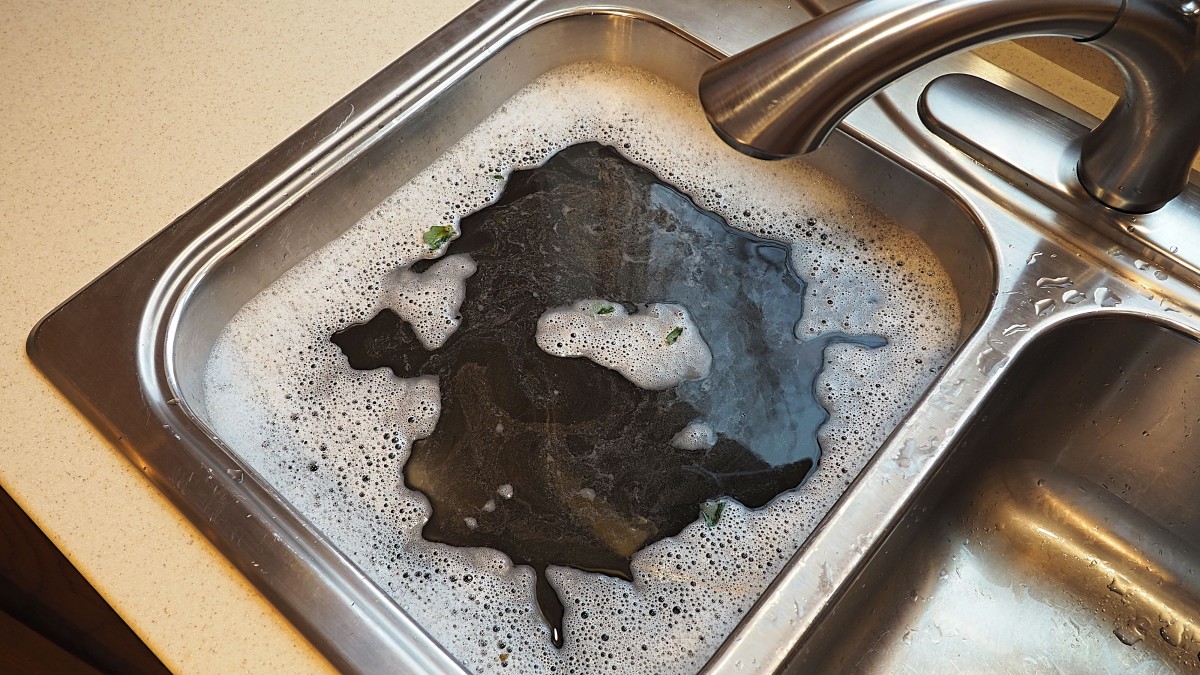
Understanding the Problem
 One of the most common and frustrating plumbing issues homeowners face is a clogged kitchen sink. This can be caused by a variety of factors, such as food particles, grease build-up, and even foreign objects accidentally falling into the drain. These clogs can lead to slow draining or even complete blockage, making it difficult to use your sink for everyday tasks. If you're dealing with a solid clog in your kitchen sink, don't panic. With the right tools and techniques, you can easily remove it and get your sink back to working order.
One of the most common and frustrating plumbing issues homeowners face is a clogged kitchen sink. This can be caused by a variety of factors, such as food particles, grease build-up, and even foreign objects accidentally falling into the drain. These clogs can lead to slow draining or even complete blockage, making it difficult to use your sink for everyday tasks. If you're dealing with a solid clog in your kitchen sink, don't panic. With the right tools and techniques, you can easily remove it and get your sink back to working order.
Gather Your Tools
 Before attempting to remove the clog, it's important to gather the necessary tools. You will need a plunger, a drain snake, and a pair of rubber gloves. If you have a garbage disposal, you may also need an Allen wrench to manually turn the blades and clear any debris.
Before attempting to remove the clog, it's important to gather the necessary tools. You will need a plunger, a drain snake, and a pair of rubber gloves. If you have a garbage disposal, you may also need an Allen wrench to manually turn the blades and clear any debris.
Using a Plunger
 The first step in removing a solid clog from your kitchen sink is to try using a plunger. Make sure the sink is filled with enough water to cover the rubber part of the plunger. Place the plunger directly over the drain and push down and then pull up quickly to create suction. Repeat this motion several times until the clog is dislodged.
The first step in removing a solid clog from your kitchen sink is to try using a plunger. Make sure the sink is filled with enough water to cover the rubber part of the plunger. Place the plunger directly over the drain and push down and then pull up quickly to create suction. Repeat this motion several times until the clog is dislodged.
Using a Drain Snake
 If the plunger doesn't work, the next step is to use a drain snake. This tool is designed to break up and remove tough clogs from pipes. Insert the snake into the drain and twist it clockwise while pushing it further into the pipe. Once you feel resistance, continue pushing and twisting until the snake breaks through the clog. Then, pull the snake out and dispose of any debris that may have come out with it.
If the plunger doesn't work, the next step is to use a drain snake. This tool is designed to break up and remove tough clogs from pipes. Insert the snake into the drain and twist it clockwise while pushing it further into the pipe. Once you feel resistance, continue pushing and twisting until the snake breaks through the clog. Then, pull the snake out and dispose of any debris that may have come out with it.
Preventing Future Clogs
 To avoid dealing with solid clogs in the future, it's important to practice good habits when using your kitchen sink. Avoid pouring grease or oil down the drain and always scrape food scraps into the trash before washing dishes. You can also use a drain strainer to catch any larger particles that may cause clogs.
With these tips and techniques, you can effectively remove solid clogs in your kitchen sink and keep your plumbing in top shape. However, if you're dealing with a particularly stubborn or recurring clog, it may be best to call a professional plumber for assistance. Remember to always use caution and wear protective gear when attempting to clear clogs yourself.
To avoid dealing with solid clogs in the future, it's important to practice good habits when using your kitchen sink. Avoid pouring grease or oil down the drain and always scrape food scraps into the trash before washing dishes. You can also use a drain strainer to catch any larger particles that may cause clogs.
With these tips and techniques, you can effectively remove solid clogs in your kitchen sink and keep your plumbing in top shape. However, if you're dealing with a particularly stubborn or recurring clog, it may be best to call a professional plumber for assistance. Remember to always use caution and wear protective gear when attempting to clear clogs yourself.



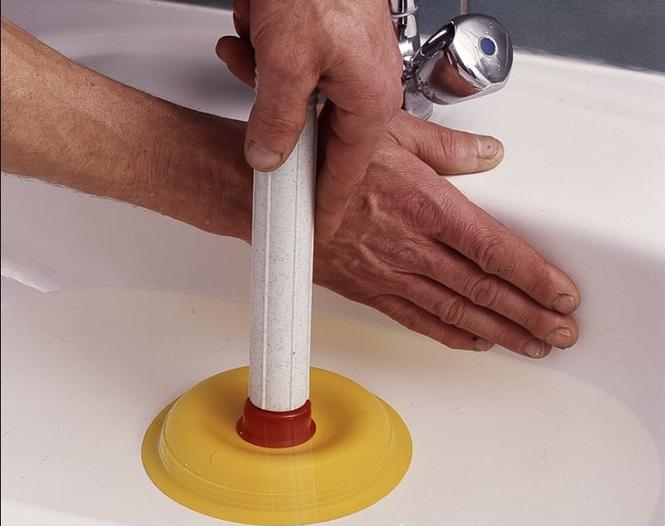

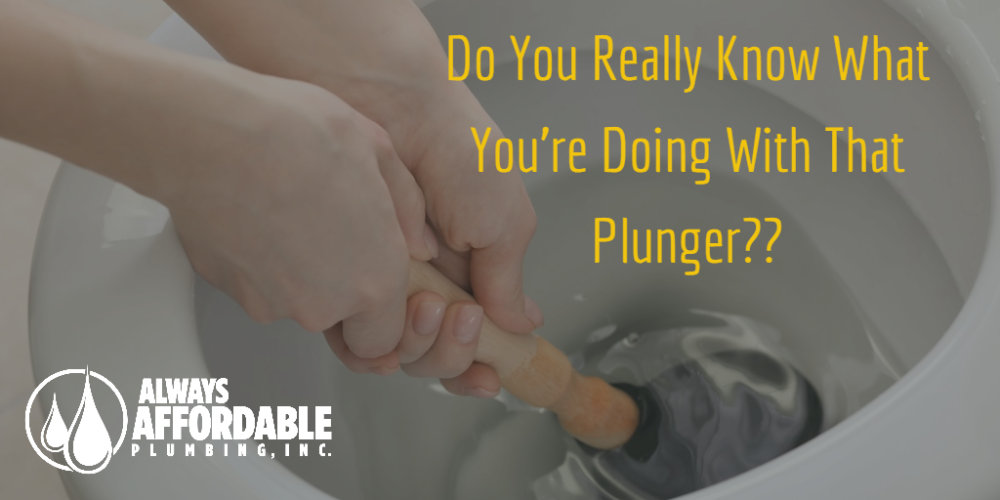
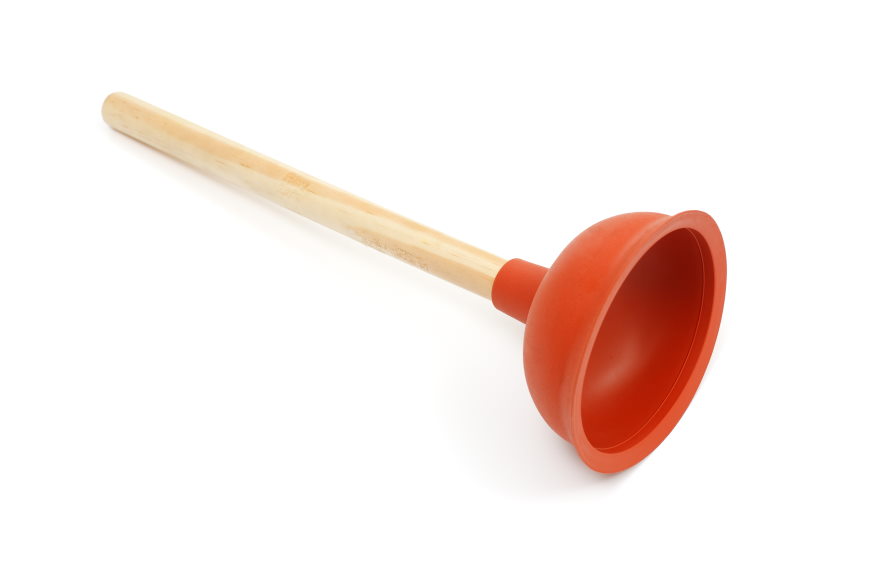
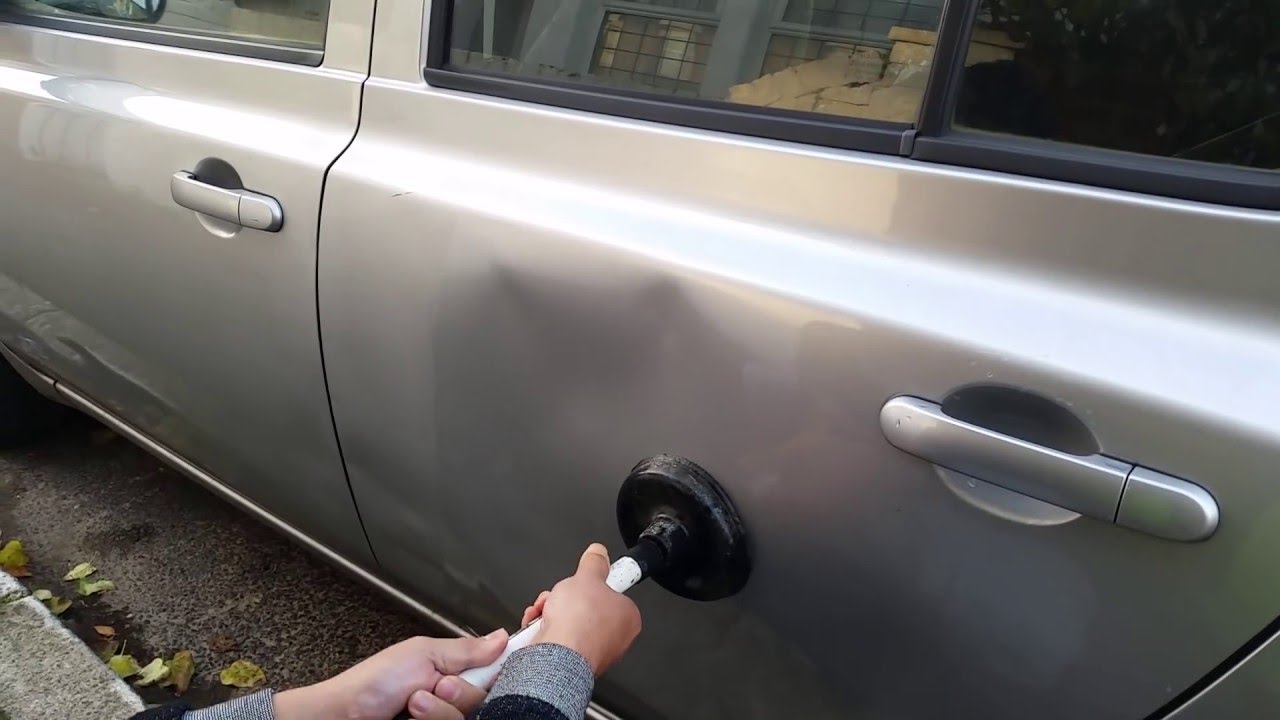

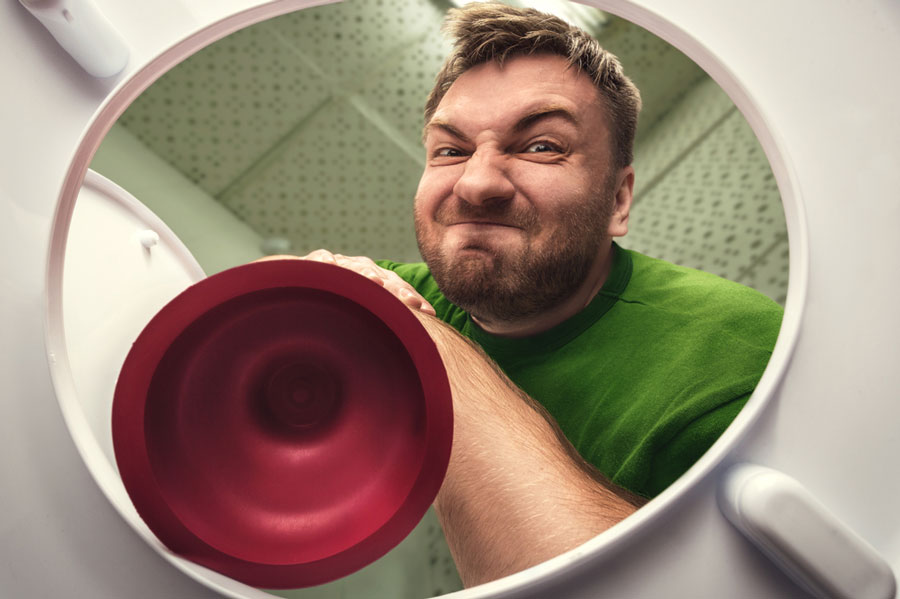




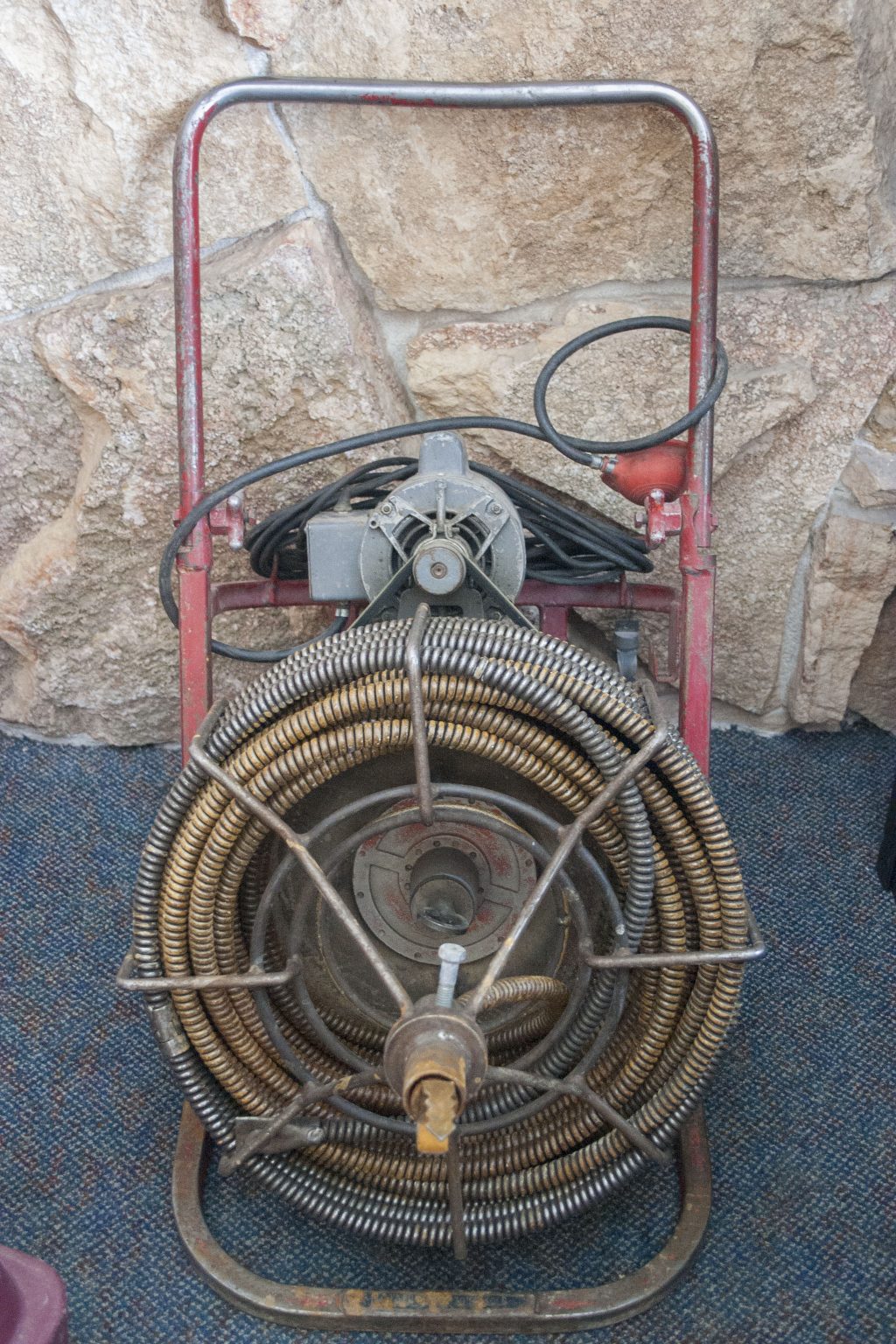
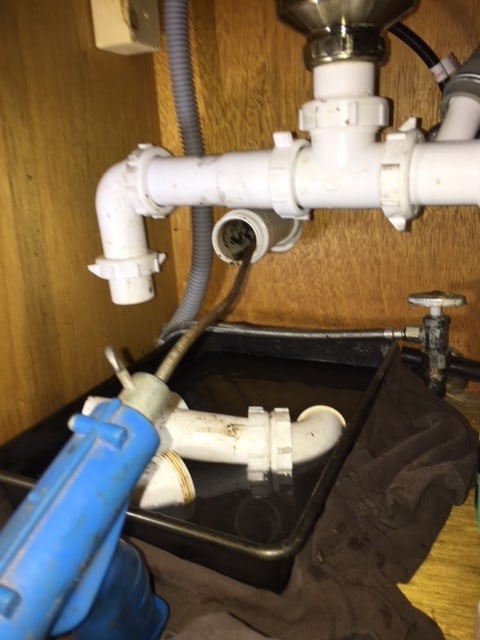




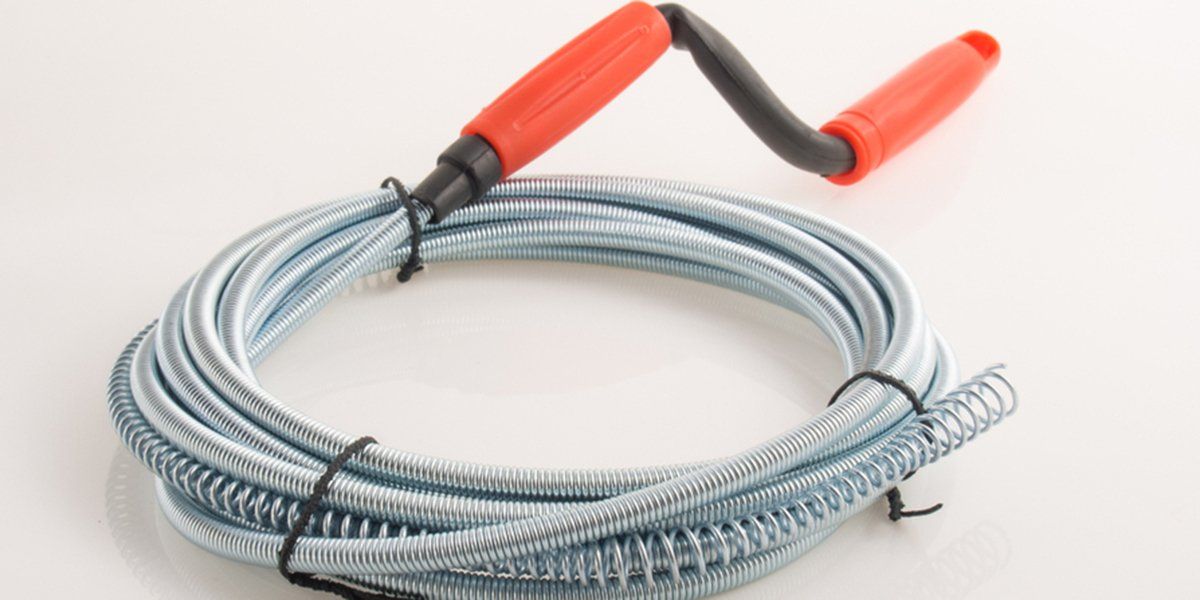

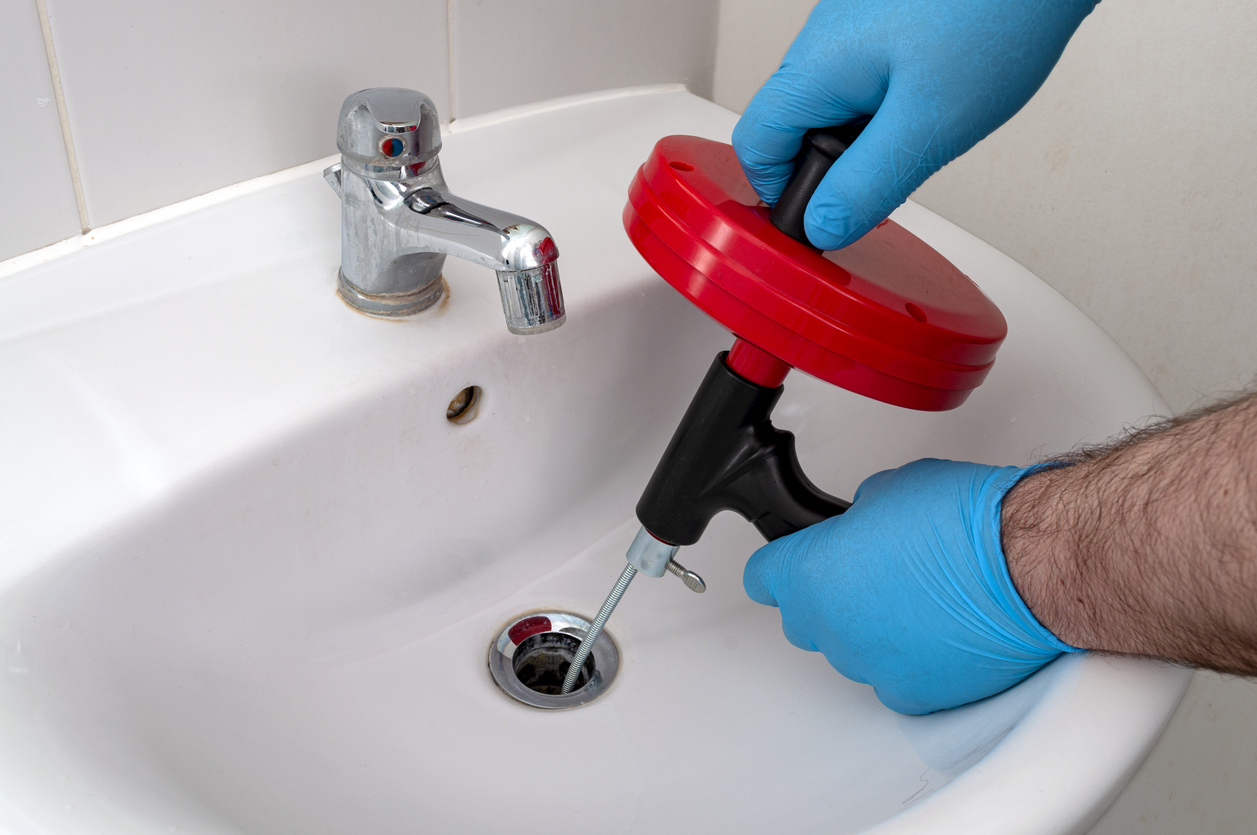
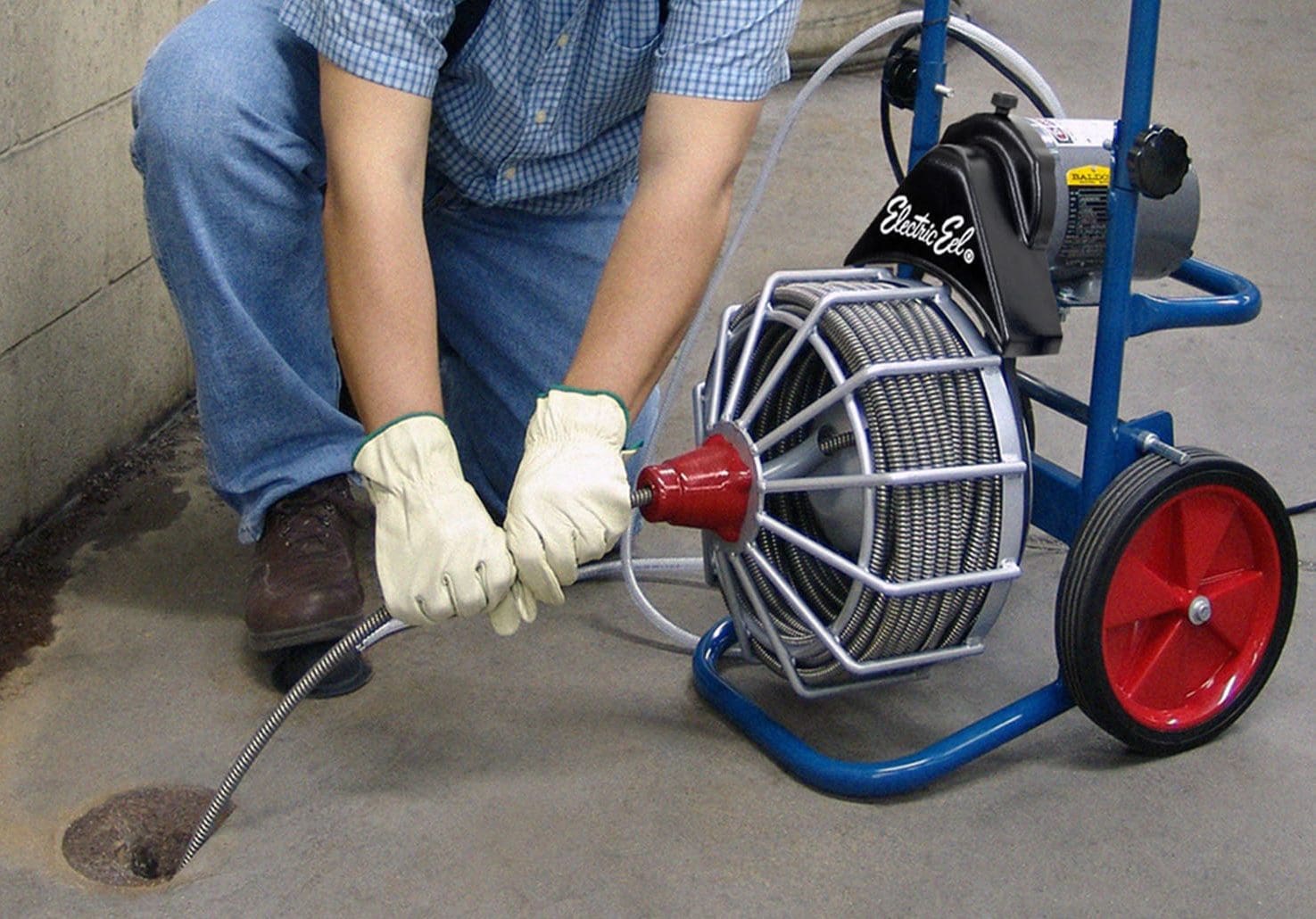





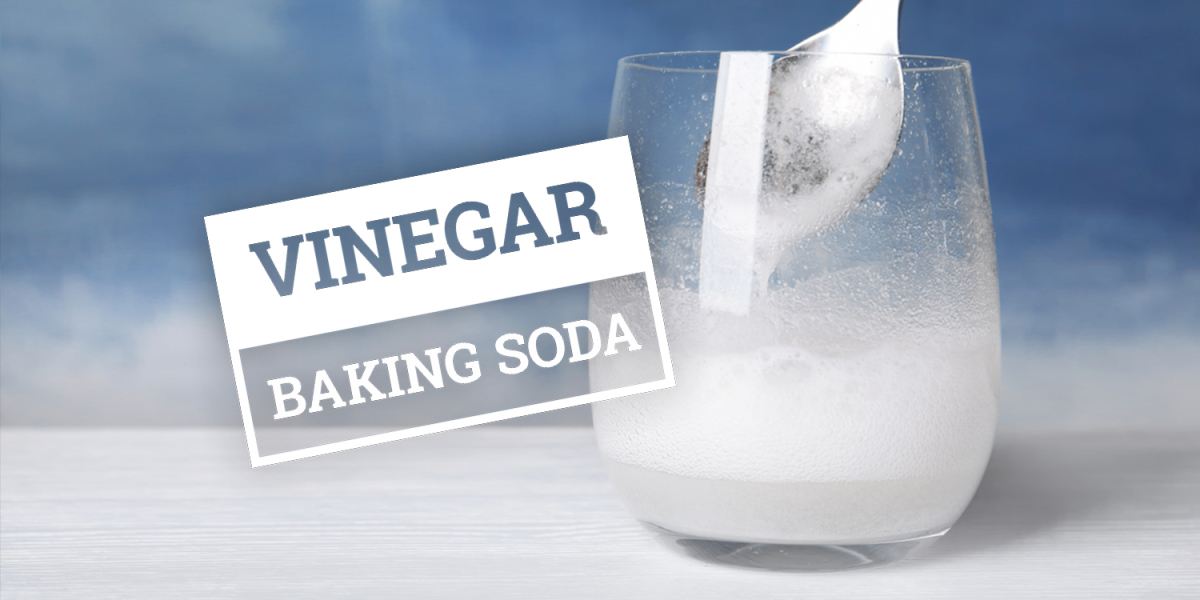

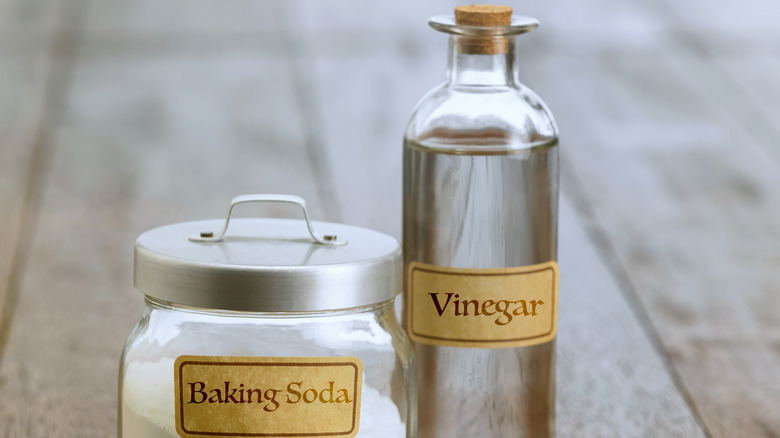


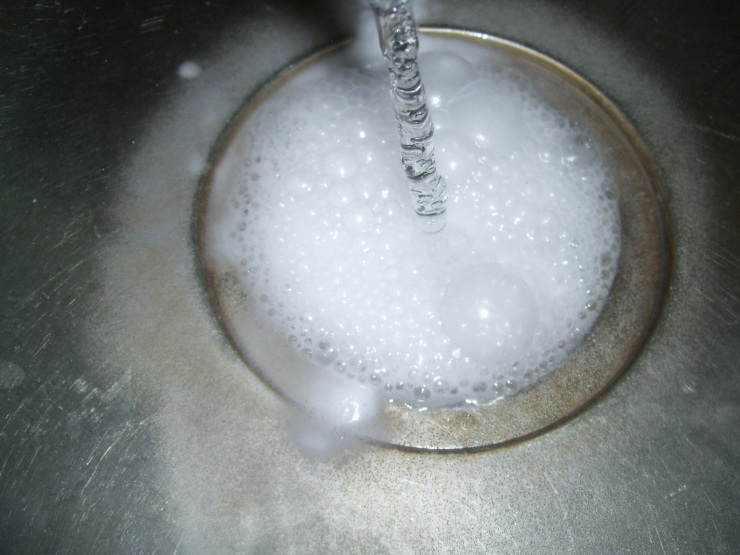








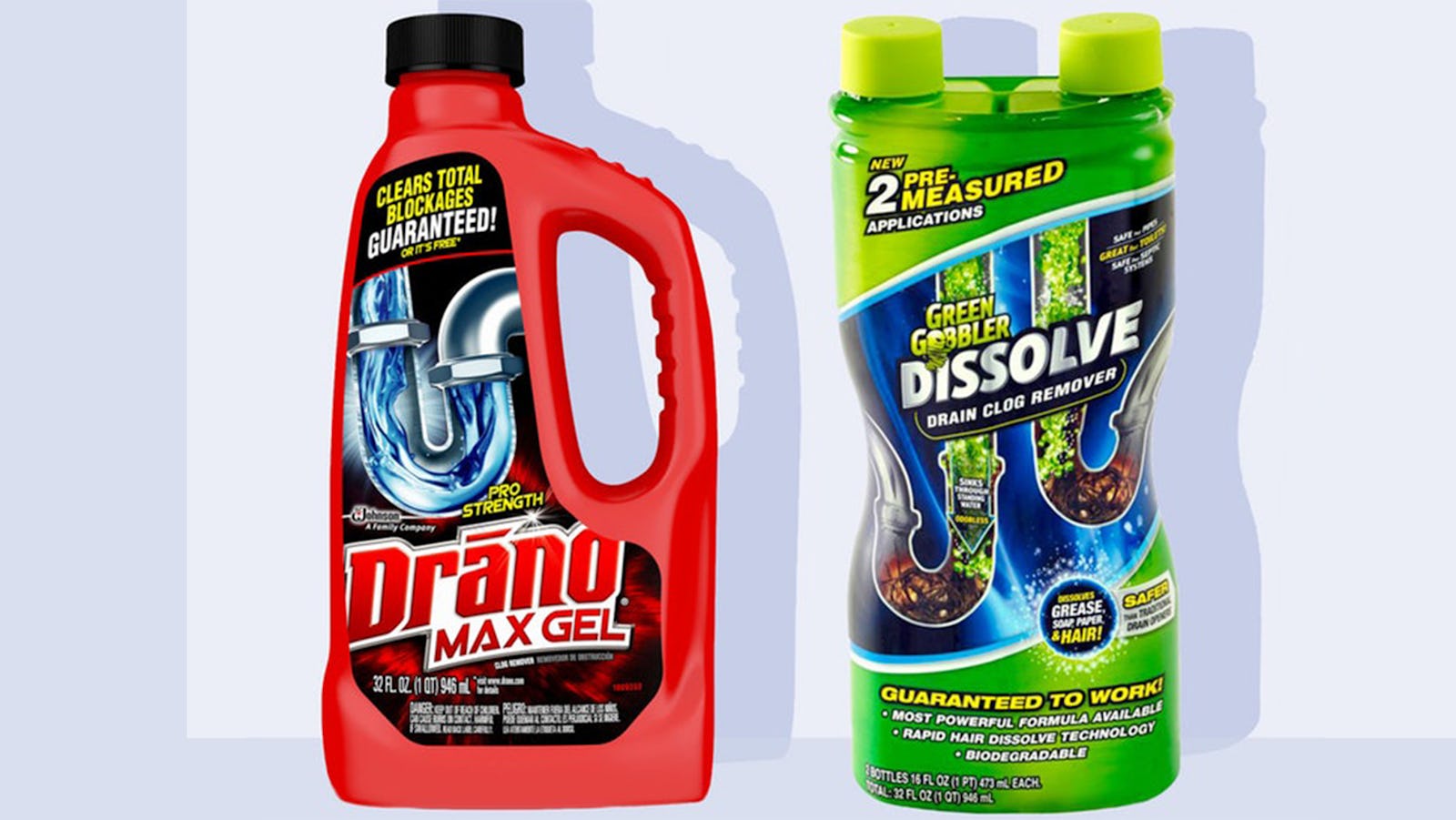





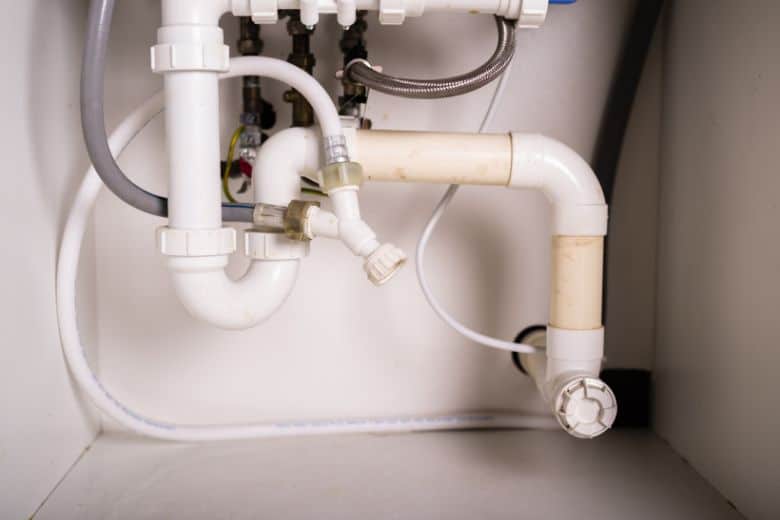


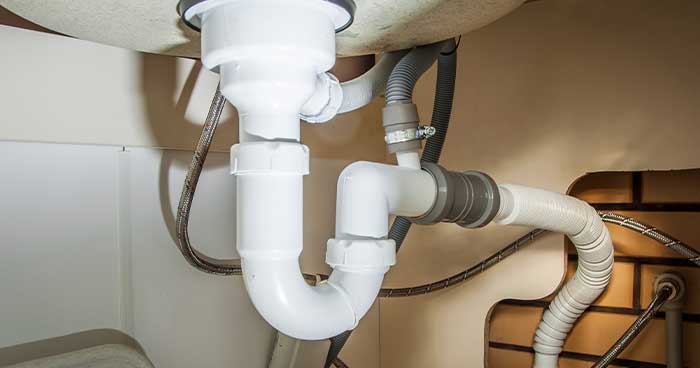




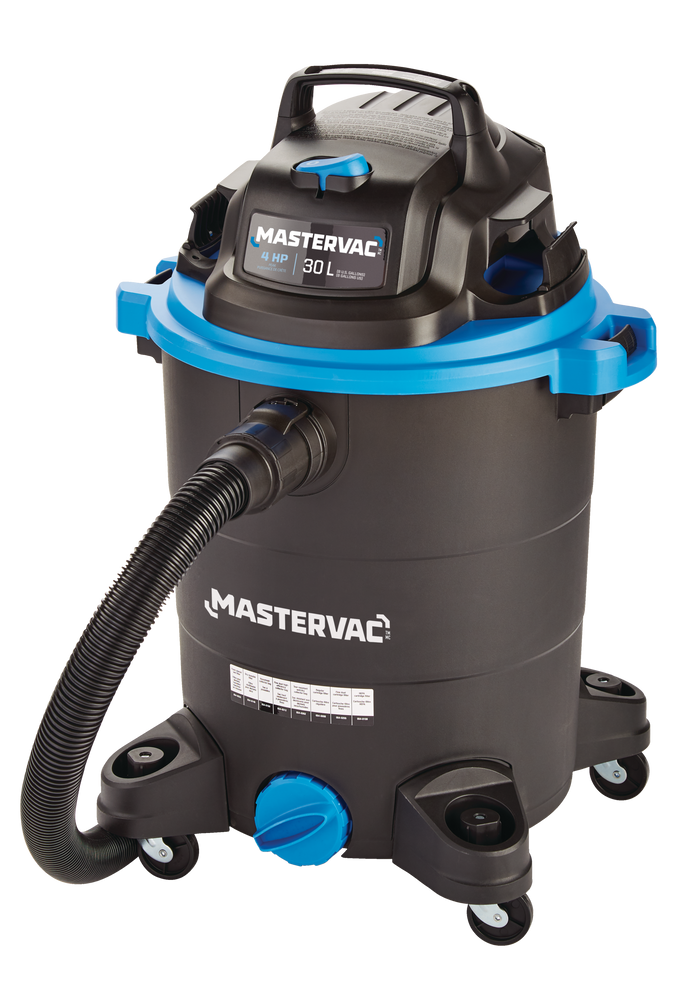
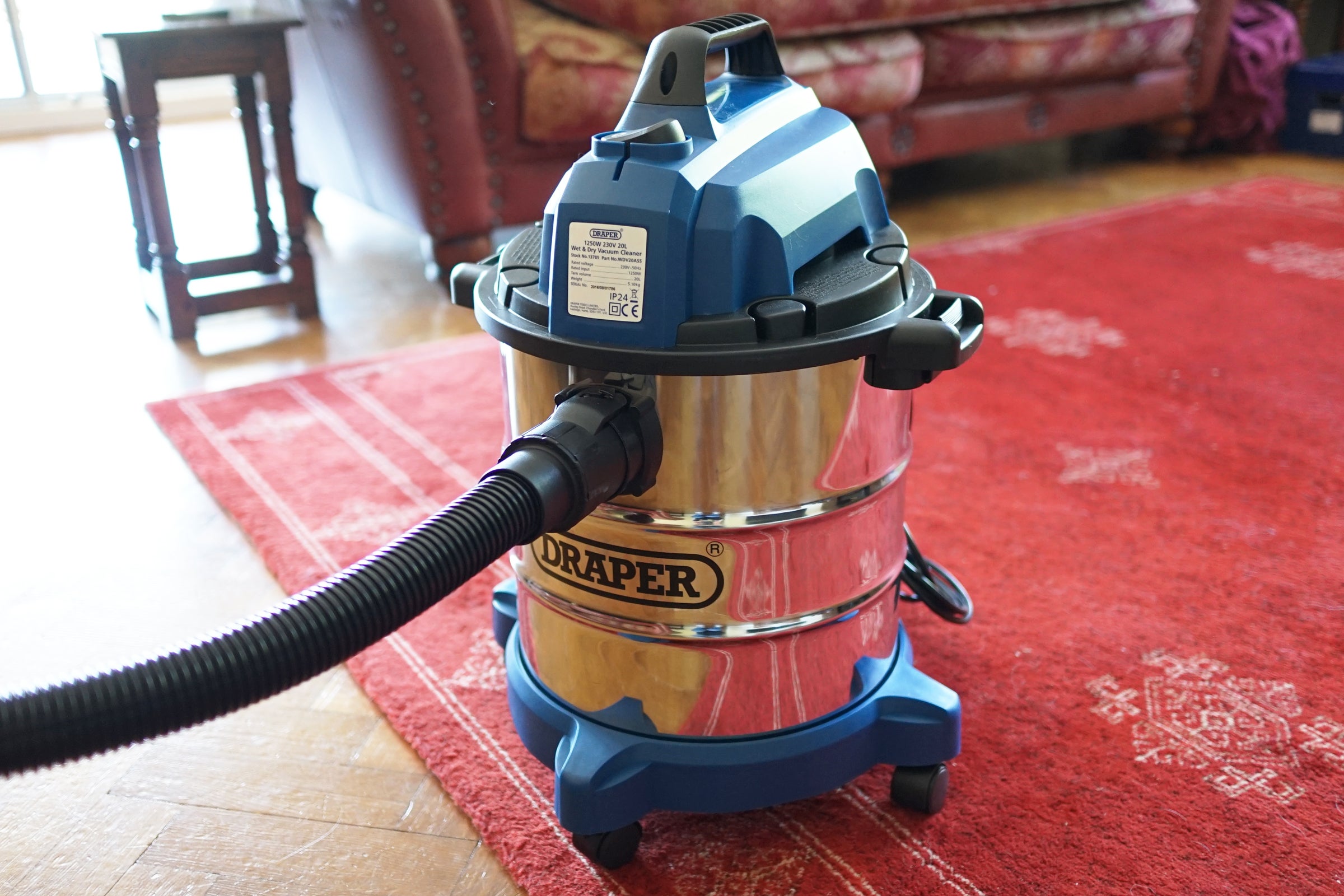
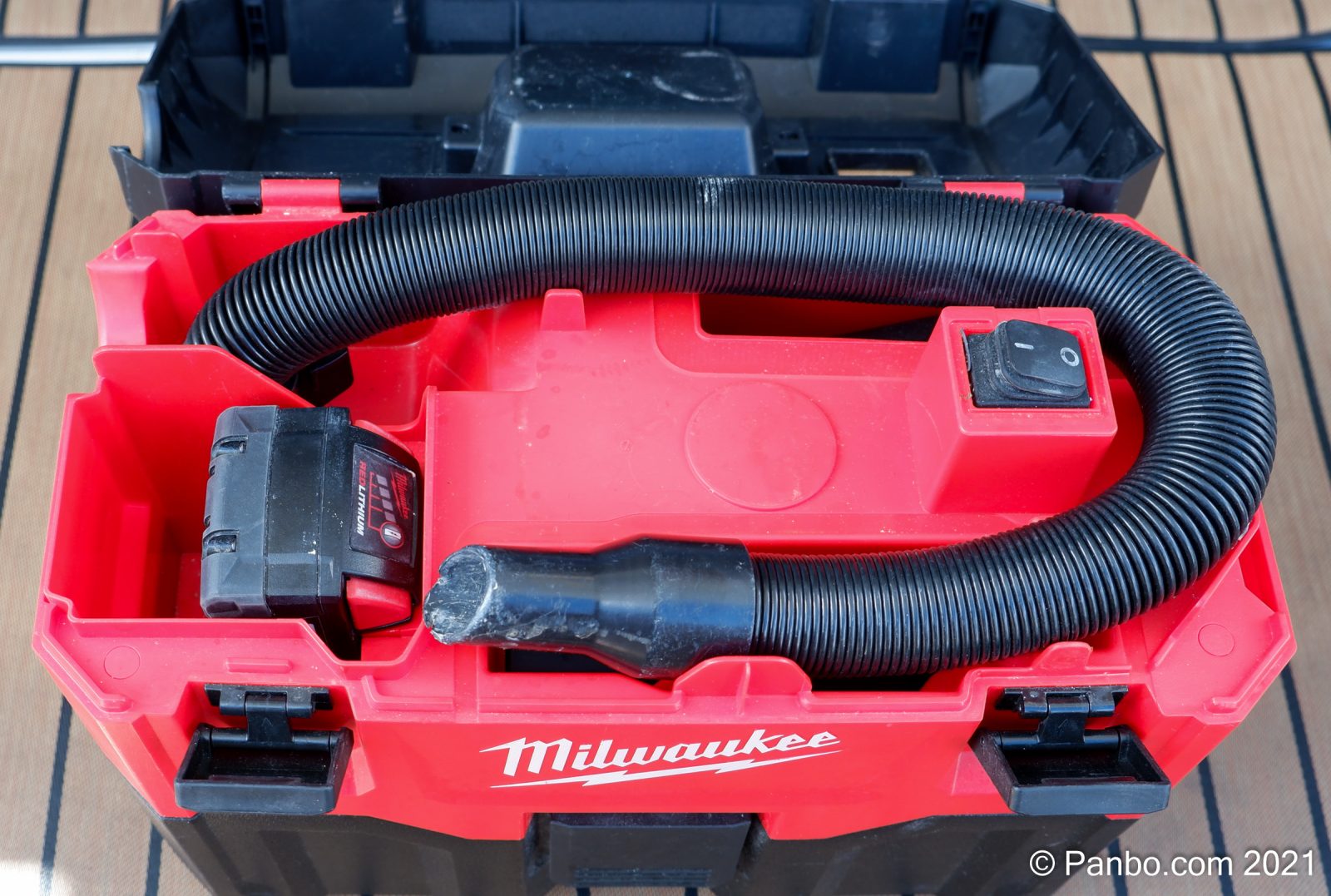












/98292130-56a12f705f9b58b7d0bcdef7.jpg)
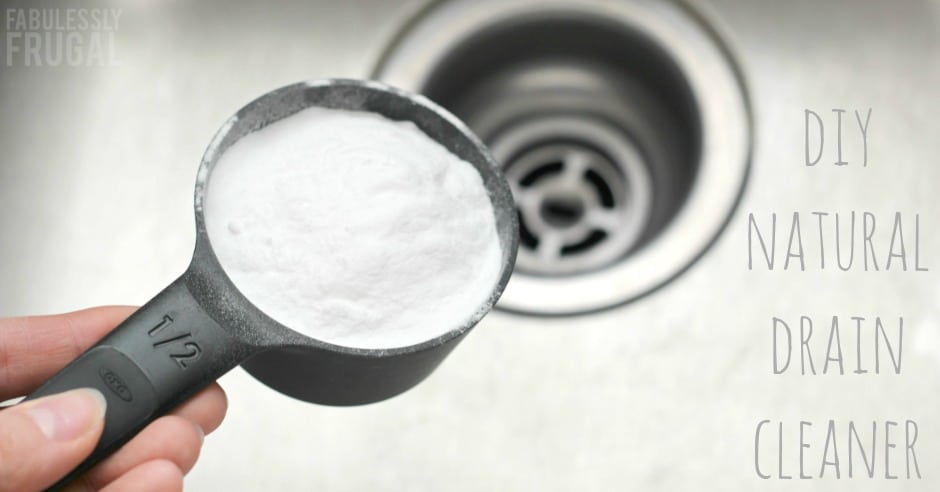









/how-to-use-a-sink-auger-1825090-hero-70d39960647643819dbb4c1f3a05e929.jpg)


































